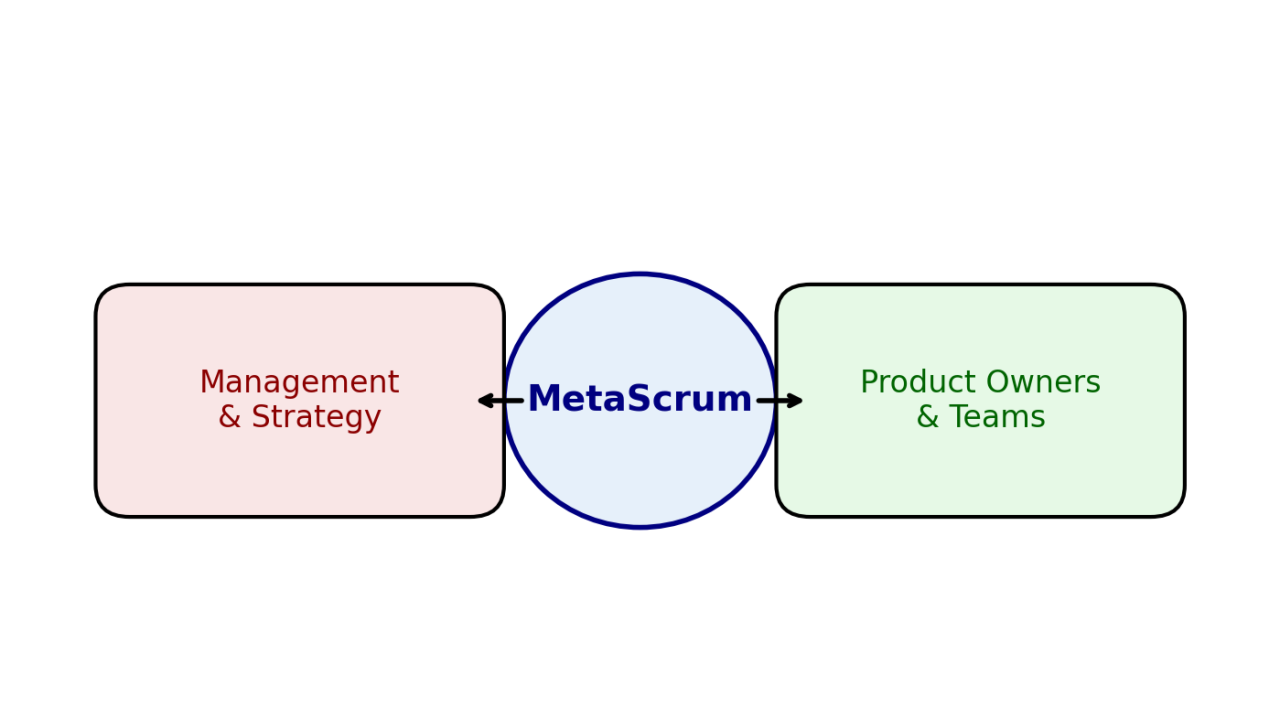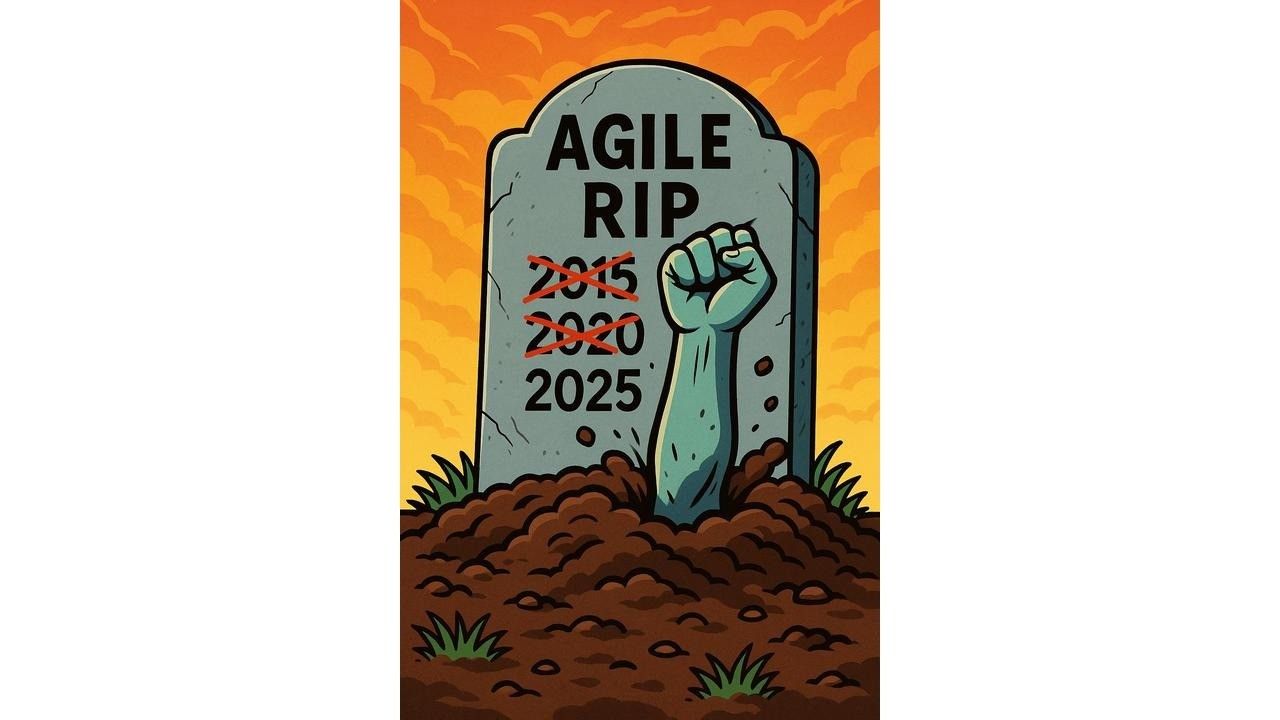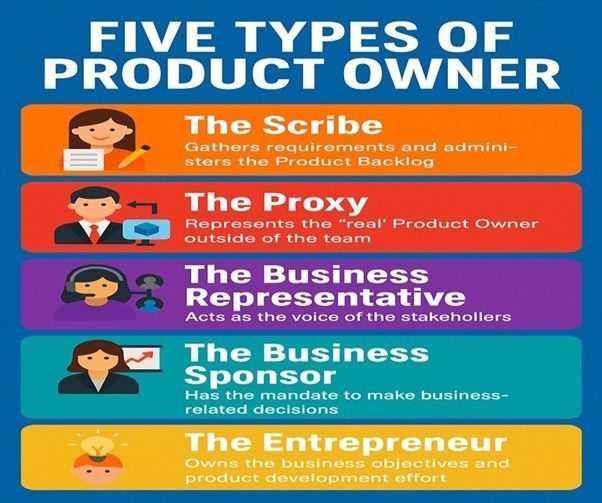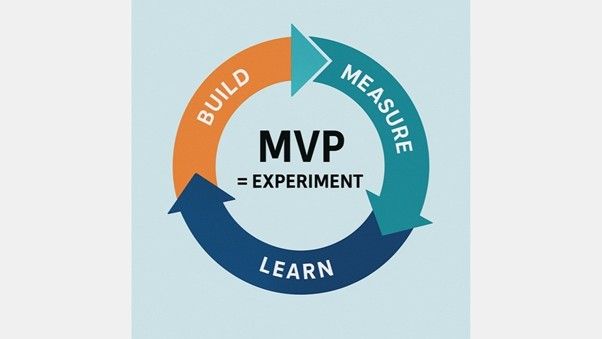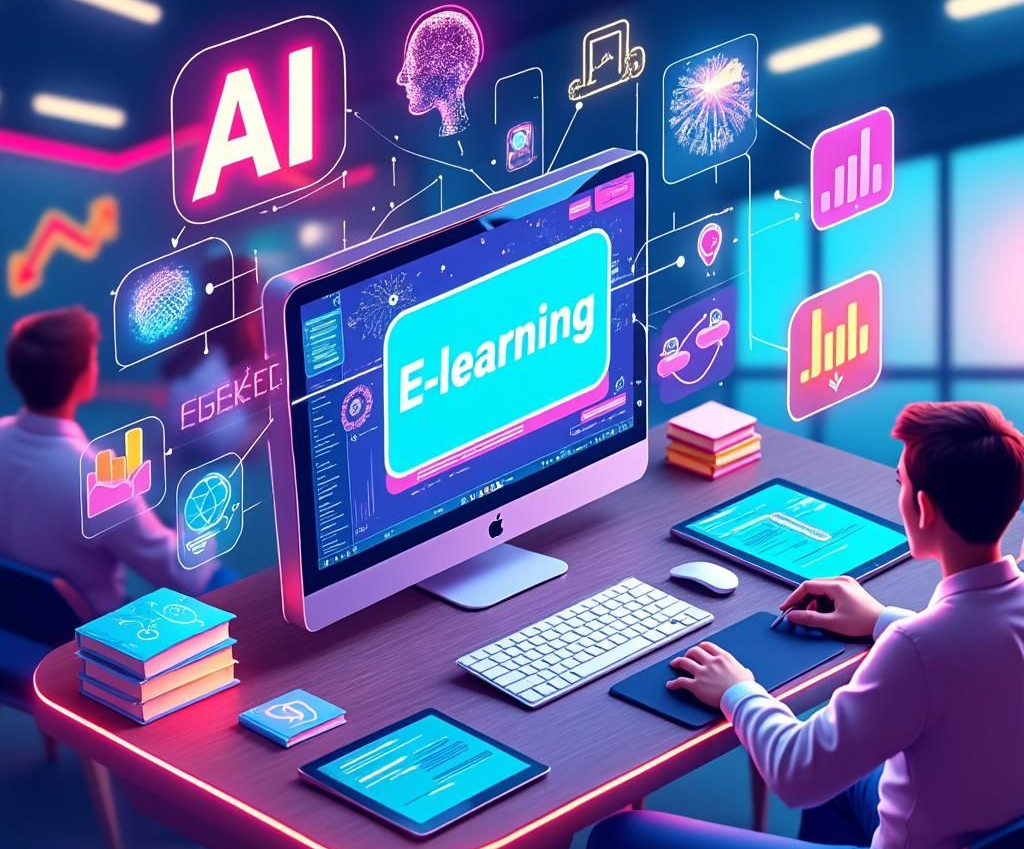Adaptive Learning
How Can Your Organization Quickly Scale Agile Learning and Development?

Since the start of the pandemic the urgency of Agile transformations has never been more clear. Unpredictable market dynamics and supply chain disruptions have moved ‘Agile’ from being a possible option to an urgent imperative. The Business Agility Institute measured a 15% increase globally in Business agility within the first few months of the COVID-19 emergency and it has accelerated since. The change is not confined to software engineering and IT. Heavy manufacturing, pharmaceuticals and support functions like HR and legal are seeing surges in the adoption of Agile. Just one big player in any given sector moving to increase their Business Agility causes a domino effect it would seem. No-one wants to be left behind. As W. Edwards Deming once said, “It is not necessary to change. Survival is not mandatory”.
Paradigm Shift
You have heard Agile being described as a ‘paradigm shift’, but what does that mean? Well, the BAI describes Business Agility as “…a set of organizational capabilities, behaviors and ways of working that affords your business the freedom, flexibility and resilience to achieve its purpose. No matter what the future brings.” The emphasis is in the original statement (1). Agile product development has never been primarily about faster implementation and execution of existing processes. These act as comfort zones – bubbles that need to be burst if an organization is to become fluid enough to respond to unanticipated changes. The paradigm shift will, for sure, be concretized in new and evolving practices but these are manifestations of changes in behaviour, in individual and collective mindsets, in organizational culture and organizational structure – at the centre of which is the concept of the self-organizing team. In combination these factors constitute a perfect storm that is fundamentally disruptive to traditional ways of working. Such a shift is not achievable without significant investments in training, mentoring and coaching.
Scaling Learning at Speed
A problem for any large organization that now sees itself as being behind the curve is how to do this quickly. A global brand in telecommunications, say, might have upwards of 30,000 engineers; an international bank maybe has 140,000 employees. The problems they have in scaling learning and development are just magnifications that many mid-size companies and even small organizations face. The well-established certification programmes, Scrum Alliance’s Certified ScrumMaster (CSM) and Certified Scrum Product Owner (CSPO) for example, are too expensive to put an entire workforce through even with the generous discounts that are available for private group delivery. On the other hand, traditional e-learning is a poor substitute especially for those important roles in an Agile team. And training, though necessary, is insufficient on its own. To create new flexible work patterns and habits – to truly embrace change – requires coaching. There are currently 10,000 unfilled vacancies for Agile coaches in the USA alone. Scrum Alliance has set itself the target of having 5000 certified Agile coaches by the end of 2025 and for 50% of all advertised vacancies to be for certified coaches by that date. They have also partnered with the International Consortium for Agile (ICAgile) and the BAI to fast-track the professionalisation of Agile coaching.
The Promise of Adaptive Learning
So clearly any Learning and Development strategy for increased Business Agility will require coaching as well as training. And we should add mentoring to the mix. Mentoring is the direct transfer of experience from those who have used Agile at the coalface to the new folks. Incentivizing the early cohorts who have benefitted from training and/or coaching to downstream their experience to the wider organization is also important.
But – back to the training issue. How do you economically train significant numbers of professionals to kick-start the transformation? And how do you support new hires who join after the initial wave of learning and development? How do you ensure sufficient time is devoted to knowledge acquisition without negatively impacting on in flight product development or support projects? E-learning’s attractiveness lies in that it can be delivered in bite-size chunks, on demand. Its downside is that it tends to be a one-size fits all approach which can demotivate staff who can feel patronized if forced to go through material they all ready fully understand, and its impact on individual learners is difficult to assess.
Enter adaptive learning. What is adaptive learning? Well, you could consider it as personalized e-learning on steroids. Like last-gen e-learning the material can be digested at the learner’s own pace and, if needed, in their own time. But more importantly, it uses AI algorithms to decide what material needs to be presented. Learners self-assess their current knowledge on a scale between novice and expert, and then the platform probes their understanding. Each exercise requires students to assess consciously how sure they are of the answer they have given. AI then determines what material is presented based on the responses to the probes. Studies suggest that Adaptive Learning reduces the time for first-time learning by 50% compared to traditional E-learning, and that there is 90% less retention effort involved on behalf of the learner. Because the system constantly probes and reassesses understanding, 100% proficiency can be achieved and progress towards it audited.
Emerald Hill Partners with Area9 Lyceum
Emerald Hill has partnered with the Area9 Lyceum, a Danish company that is the market leader in Adaptive Learning to provide a series of Agile courses, the first of which will be launched in May. Adaptive Learning provides a perfect complement to our existing Scrum certification classes. Instructor-led, role-based training remain essential, especially for prospective ScrumMasters and Product Owners. Every Agile team, in every organization faces unique challenges in its own particular context. In-class or remote instructor-led courses (typically 2 days in length) equip professionals best to deal with these issues. But there are also some invariants in Agile training: the rules of the Scrum framework – the events, artifacts and roles within a Scrum team) are mandatory if you are ‘doing Scrum’, independent of context. It is in these areas where we believe adaptive learning can provide massive value to our clients.
Adaptive learning can help create widespread ‘Agile awareness’ quickly at scale; provide a steppingstone to the richer, instructor-led programmes and establish a common vocabulary across an organization no matter how big it is, or how widely it is distributed geographically. Adaptive learning is part of Agile’s future without a doubt.
(1) Business Agility Institute. “What is Business Agility?”. http://www.businessagility.institute
